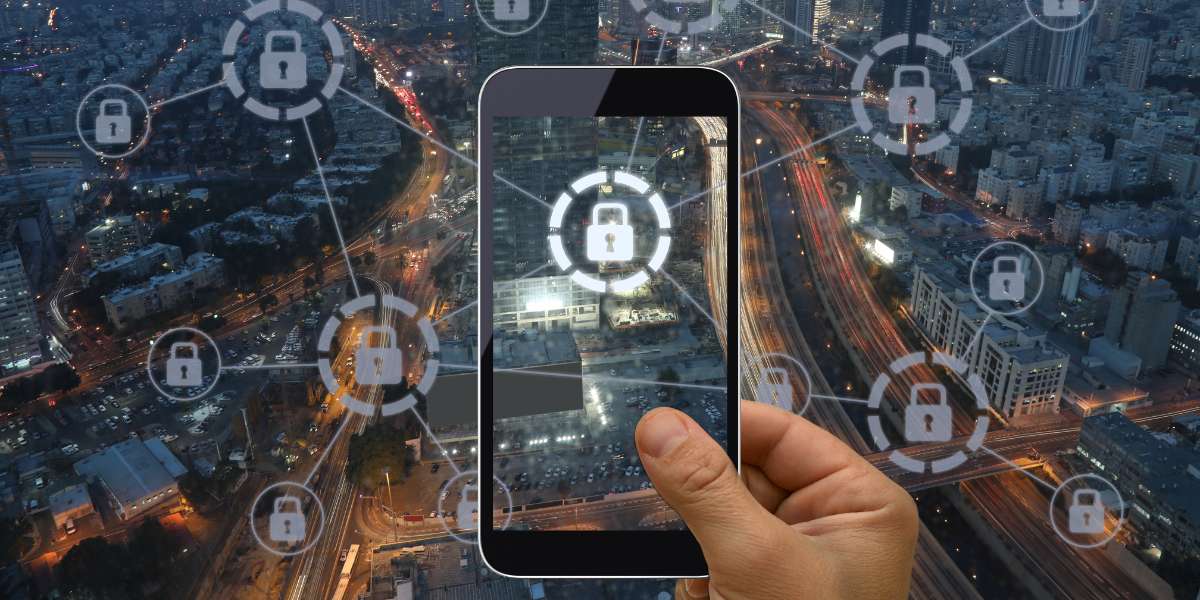
28 May Are you implementing good healthcare cybersecurity practices?
When we think of our personal health, we know it’s a combination of healthy factors, a mix of sleep, routine exercise, dietary choices, and stress management. The same concept can be applied to good healthcare cybersecurity: good practices and habits.
Regardless of how complex your cybersecurity infrastructure is, it’s easily undone by poor practices. No amount of financial capital or expertise can override simple errors. If you have the infrastructure, but not the mindset, your healthcare practice or enterprise is subject to costly breach events.
The Best Healthcare Cybersecurity Practices You Can Implement Right Now
The good news is, that implementation of these practices is not a costly investment. It does not require onboarding new experts or adding cybersecurity suites.
Secure All Medical Devices
Wearables and medical devices with network privileges are a critical component of patient care and healthcare operations. However, it’s important to limit permissions across accessible devices to ensure data integrity. Limiting access permissions and requiring security logins for devices can strengthen the internal security of your medical practice or enterprise.
Deploy Multifactor Authentication
If not already, deploying MFA across your healthcare network can increase security levels. Multifactor authentication requires an additional security token before a user can access a login, website, or device, only accessible by said user. Using MFA reduces the chances of breaches caused by compromised passwords.
You can deploy a MFA policy across all networks, remote locations, and practices to improve security.
Update and Renew Cybersecurity Training
Your strongest cybersecurity architecture is only as strong as the people who use it. While IT experts and cybersecurity staff are trained to detect threats, regular staff may operate with unsafe practices, intended or not. Therefore, it’s crucial to continuously update staff, training them on safety strategies, detection, and healthy low-risk habits. Low-risk habits might include avoiding unsafe websites, utilizing zero-trust strategies, and using approved software/apps.
Staff should be trained on the latest threats and dangers facing healthcare cybersecurity.
Ensure Regulatory Compliance
At all times, your healthcare enterprise should maintain regulatory compliance. The cost of a potential cybersecurity breach is immense. Failure to follow safety procedures and reporting operations is also costly, as unsafe practices are fined immense fees for failing to protect patient data.
Specifically, ensure your staff is following HIPAA and any information involving PII (personally identifiable information). These lapses can lead to serious breach events, threatening not only patient safety but the integrity of your healthcare organization.
Utilize Encryption Where Possible
Encryption is a powerful tool that easily protects data. Given that healthcare houses critical patient information that is stored and transferred, encrypting this data is essential as a good healthcare cybersecurity practice.
Encryption protects all essential data when utilized, including patient history, social security, medical records, and contact information. Given medical data transfers over the web for convenience and accessibility purposes, using encryption is a key healthcare practice you need to take advantage of.
Routinely Conduct Security Checks
A security audit is important for maintaining the compliance and “health” of your infrastructure. Audits ensure that you’re following regulatory compliance, that you have the latest cybersecurity updates, and that HIPAA and all relevant policies are followed.
It also highlights weak areas in your cybersecurity planning. For example, in a breach scenario, do you have backup methods in place? Do you have the means to recover patient data in the event of loss? A cybersecurity audit will reveal strengths (and weaknesses) to prepare you for threats and secure critical healthcare information.
Update and Monitor
Finally, you should always update and monitor all applicable devices, software, and apps intertwined into your healthcare infrastructure model. Without updates, the software is vulnerable to exploits or attacks. Using monitoring applications or services can also alert your security teams to unusual activity that may indicate malicious behavior.
Ultimately, following these habits will improve your security posture. Fostering a healthy cybersecurity culture can reduce threats and dangers, enabling you to follow regulatory requirements and protect patient data.
Share this post:

Sorry, the comment form is closed at this time.